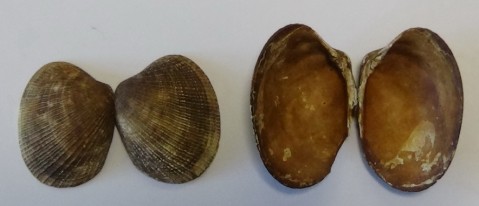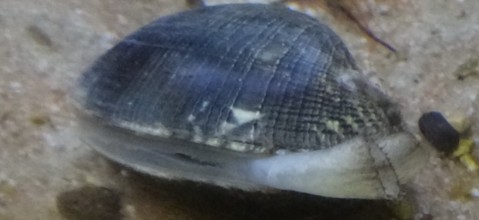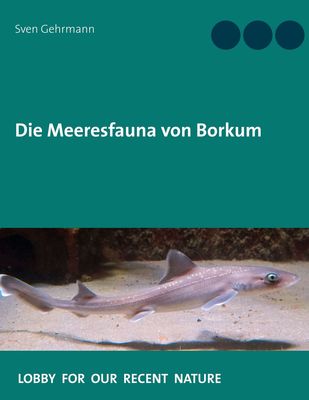Die Meeresfauna von Borkum / Norddeich - Nordseefauna2016
Main menu:
- nordseefauna.org
- Rache der Natur / Nature`s Revenge
- Vom Leid der Fischer/Suffering Fishermen
- TNT und Polymere / TNT and plastic
- Die Meeresfauna von Borkum / Norddeich
- Sei das Wunder! / Be a miracle yourself!
- Fische der Nordsee / North-Sea-Fish
- Lederschildkröte / Leatherback Seaturtle
- Ärmelkanalfauna / Engl. Channel Fauna
- Zehnfusskrebse / Decapod Crustaceans
- Upgrading?
- Nordseefauna Geschichte / History
- Ausgestorben! / Extinct!
- Seltene Funde / Rare Sea-Animals
- Schizophrenie / Schizophrenia
- Werte / Values
- Smalltalk der Krebse / Talking Crabs
- Offshore...
- Riffe aus Müll... / Garbage-Reefs...
- Gesunde Meereskost / Healthy Sea-Food
- Autor & Impressum / Author & Imprint
- Meine Publikationen / My Publications
- Pseudonaturschutz - Nature Conservation?
- Thanx!
- Institutionen / Institutions
Die Meeresfauna von Borkum
Die Insel Borkum ist die wohl exponierteste der Ostfriesischen Inseln mit Hochseeklima. Sie liegt direkt in der Nähe der neuen Offshore-
Die Meeresfauna von Norddeich
Das kleine Örtchen Norddeich (Ostfriesland) ist der wohl wichtigste Ortsteil der Stadt Norden. Denn hier gibt es nicht nur einen künstlichen Strand für die Touristen, die sich sich teure Inselaufenthalte nicht leisten können, sondern vom Hafen aus verkehren auch regelmäßig die Fähren nach Juist und Norderney. Ein alles in allem komplett erschlossenes und reguliertes Areal, in dem man trotz allen anthropogenen Einflüssen immer noch Relikte marinen Lebens aufspüren kann. Dabei kann man -
Die Meeresfauna von Borkum
The island Borkum is probably the most exposed of the East Frisian islands with a high seas climate. It is located directly near the new offshore wind turbines and shipping routes. Therefore, on the one hand, you can make many interesting nature observations of animals and plants here, but on the other hand, you can also witness regulations and environmental pollution. This creates a somewhat ambivalent feeling: On the one hand, animals and plants that you wouldn't find anywhere else. But on the other hand, rubbish and fauna distortions as a result of climate change and international shipping... From Borkum you can have a direct look at the development of environmental events in the coming decades...
Die Meeresfauna von Norddeich
The small village of Norddeich (East Frisia) is probably the most important district of the city Norden. For here there is not only an artificial beach for tourists who cannot afford expensive island stays, but ferries to Juist and Norderney also run regularly from the harbour. All in all, it is a completely developed and regulated area where, despite all anthropogenic influences, relics of marine life can still be found. Depending on the seasons, you can make very different discoveries. And one more piece of information at this point, just to prevent propaganda and rumours: the mud on this stretch of coast is explicitly not of natural origin!


Im März 2022 fand ich am Badestrand von Norddeich erstmalig die Korbmuschel Varicorbula gibba (Olivi, 1792), die man bisher von diesem Fundort noch nicht kannte. Wohl aber von der belgischen Küste. Zum gegenwärtigen Zeitpunkt ist es jedoch unklar, ob die Art aufgrund der Erwärmung der südlichen Nordsee hier auftauchte, oder ob ihr Erscheinen etwas mit der Substratveränderung des Badestrandes zu tun hat, welche 2020 durch die Sanierung des Badestrandes entstand. Der feine Schlickboden wurde nämlich stellenweise etwas grobkörniger, was diese Muscheln offenbar als Habitat bevorzugen.
In March 2022, I found the basket shell Varicorbula gibba (Olivi, 1792) for the first time on the beach of Norddeich, which had not been known from this location before. But it was well known from the Belgian coast. At present, however, it is unclear whether the species appeared here due to the warming of the southern North Sea, or whether its appearance has something to do with the substrate change, which occurred in 2020 due to the redevelopment of the bathing beach. The fine mud floor became somewhat coarser in places, which these mussels apparently prefer as a habitat.


Inzwischen kann man an den Buhnen von Norddeich (Ostfriesland) auch Schalen der Manila-
Shells of the Manila-

